About Me
Dr. Peter B. Stathopulos completed his BSc in Honours Co-operative Biology at the University of Waterloo. He later graduated with an MSc
from the University of Western Ontario in Pharmacology and Toxicology, studying the role of L-arginine transport and nitric oxide production
in heart failure. His PhD work in Biology at the University of Waterloo interrogated the folding and thermodynamic stability of mutant
superoxide dismutases associated with amyotrophic lateral sclerosis. Dr. Stathopulos completed his post-doctoral training in Structural Biology
at the University of Toronto (Medical Biophysics) and the Princess Margaret Cancer Centre, researching the molecular mechanisms underlying
the basis for store operated calcium entry regulation.
Today, as an Associate Professor in the Department of Physiology and Pharmacology at the University of Western Ontario, my research group applies
structural biology approaches to reveal the molecular mechanisms regulating calcium and magnesium signaling processes in health and diseased states
including heart disease, cancer and immunodeficiency. We integrate structural biology with a range of biophysical, chemical biology, pharmacology,
computational biology and live-cell methodologies to understand the relationship between protein structure and function of calcium and magnesium
handling proteins integral to life and death processes. Ultimately, we envision using this structure-function data for the identification
and/or development of new drugs with the potential to modulate these pathways, maintain health and treat disease.
Research Interests
Mitochondria are widely recognized as cellular "power plants" due to the high production of ATP. However, mitochondrial
calcium (Ca2+) uptake can influence cytosolic Ca2+ concentrations, which underlie the most critical signaling pathways
in the cell. Remarkably, mitochondrial Ca2+ uptake not only regulates the enzymes that generate ATP, but also
drives cell death pathways that can either maintain health or lead to disease. Thus, we are examining the
relationships between the structures and functions of the protein machinery involved in regulating mitochondrial
Ca2+ uptake.
Magnesium (Mg2+) is the most abundant divalent cation in our cells. This metal ion forms nucleotide and phosphate complexes,
mediates the activity of enzymes involved in ATP production and stabilizes countless channels, enzymes and exchangers. Mg2+ not only
antagonizes Ca2+ sensors, buffers and signaling pathways but also functions as a signaling ion itself. In this area, our group
is studying the molecular mechanisms underlying the primary active movement of Mg2+ into the endoplasmic reticulum (ER) lumen, agonist-induced
ER Mg2+ release and the subsequent uptake into mitochondria to regulate the metabolic state and viability of the cell.
ER luminal store-dependent Ca2+ influx through plasma membrane (PM) Ca2+ release-activated Ca2+ (CRAC) channels
drives cytosolic Ca2+ elevations. The molecular players that mediate this store-operated Ca2+ entry (SOCE) include the
stromal interaction molecules (STIM)s, which sense changes in ER luminal Ca2+ levels, and the Orai proteins, which constitute the
PM Ca2+ channel pore. Upon ER luminal Ca2+ store depletion, STIMs oligomerize and translocate to ER-PM junctions, where
they bind to and activate the Orai channels, forming CRAC channel complexes. Our laboratory is investigating the molecular mechanisms regulating
STIM/Orai function and the modes of dysfunction associated with disease.
Understanding the molecular and structural mechanisms driving the function of the proteins that handle Ca2+ and Mg2+ in the cell
will expose novel avenues for their modulation by small molecules in the treatment of heart disease and cancer, which account for
~50 % of all Canadian deaths annually.
KEYWORDS:
MCU; LETM1; MRS2; TMEM94; ERMA; STIM; ORAI; SPCA; calcium signaling; Ca2+; Mg2+; molecular pharmacology; structural biology;
solution nuclear magnetic resonance spectroscopy; X-ray crystallography; protein folding; thermodynamics; computational biology; protein structure-function;
protein dynamics; protein-protein interactions; protein allostery; ion channels; light scattering; optical spectroscopy;
thermophoresis; fluorescence microscopy; Ca2+/Mg2+ imaging; apoptosis; necrosis; oxidative stress; nitric oxide; nitrosylation; glutathionylation;
ER; mitochondria; cell physiology; heart disease; cancer; immunodeficiency
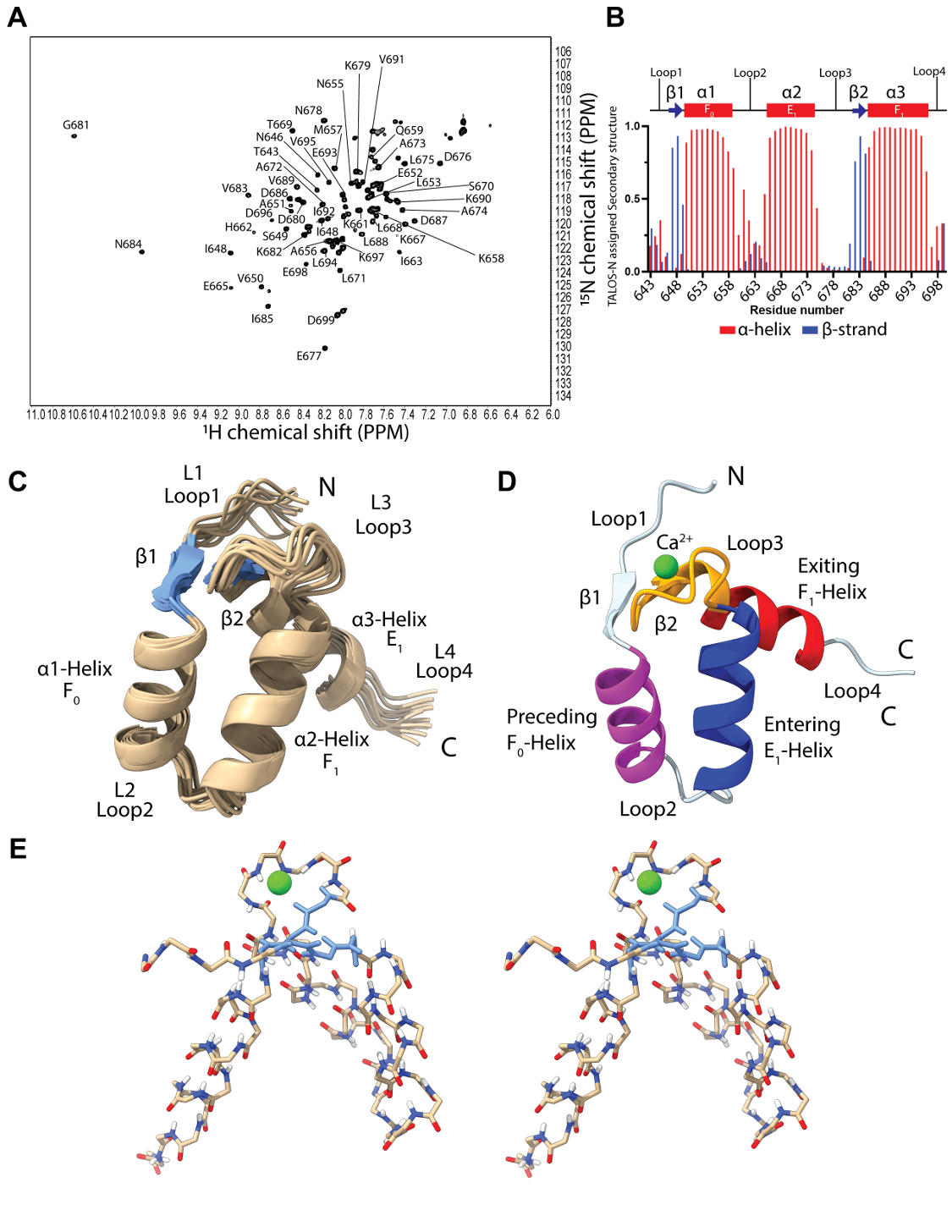
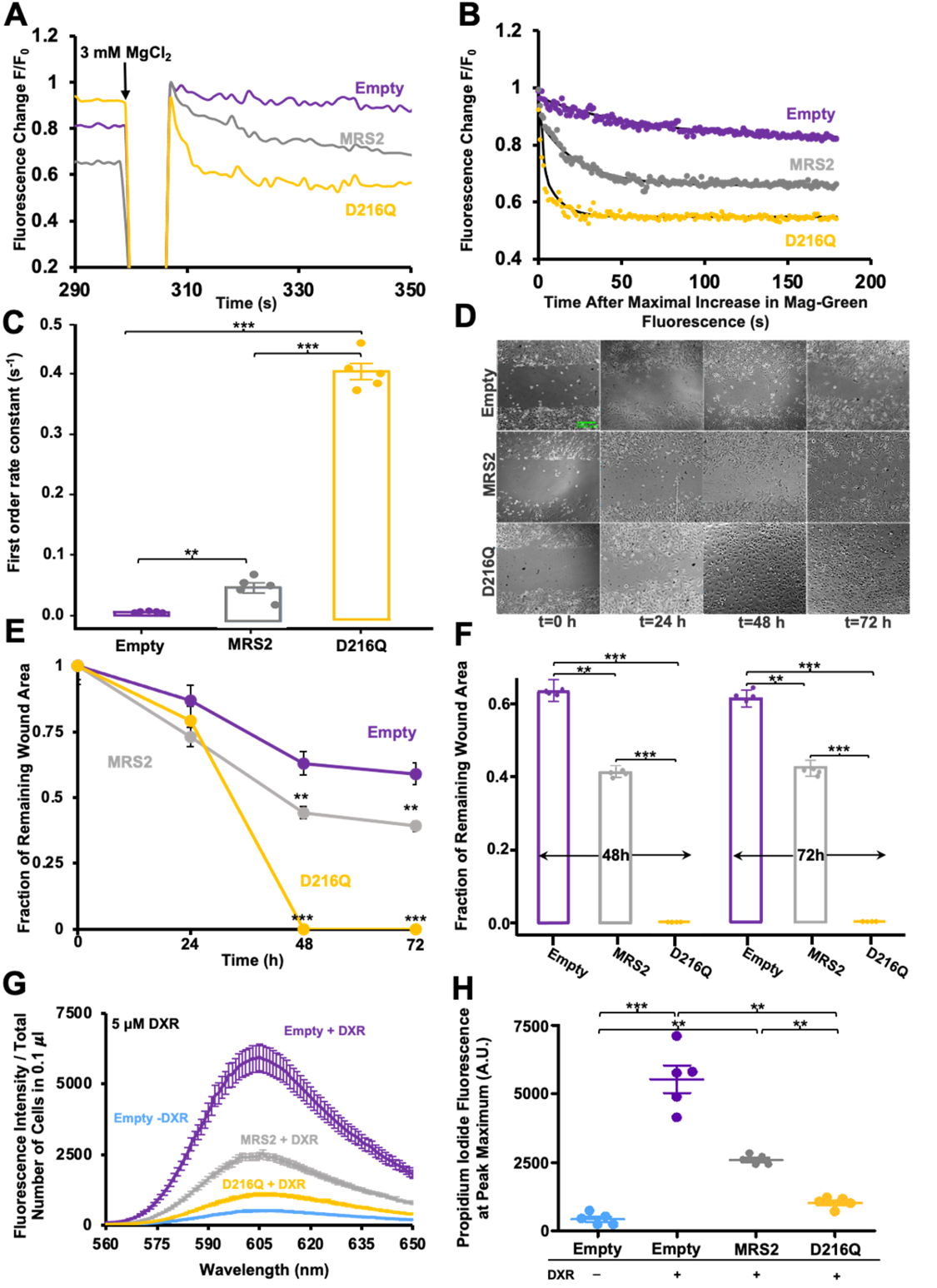
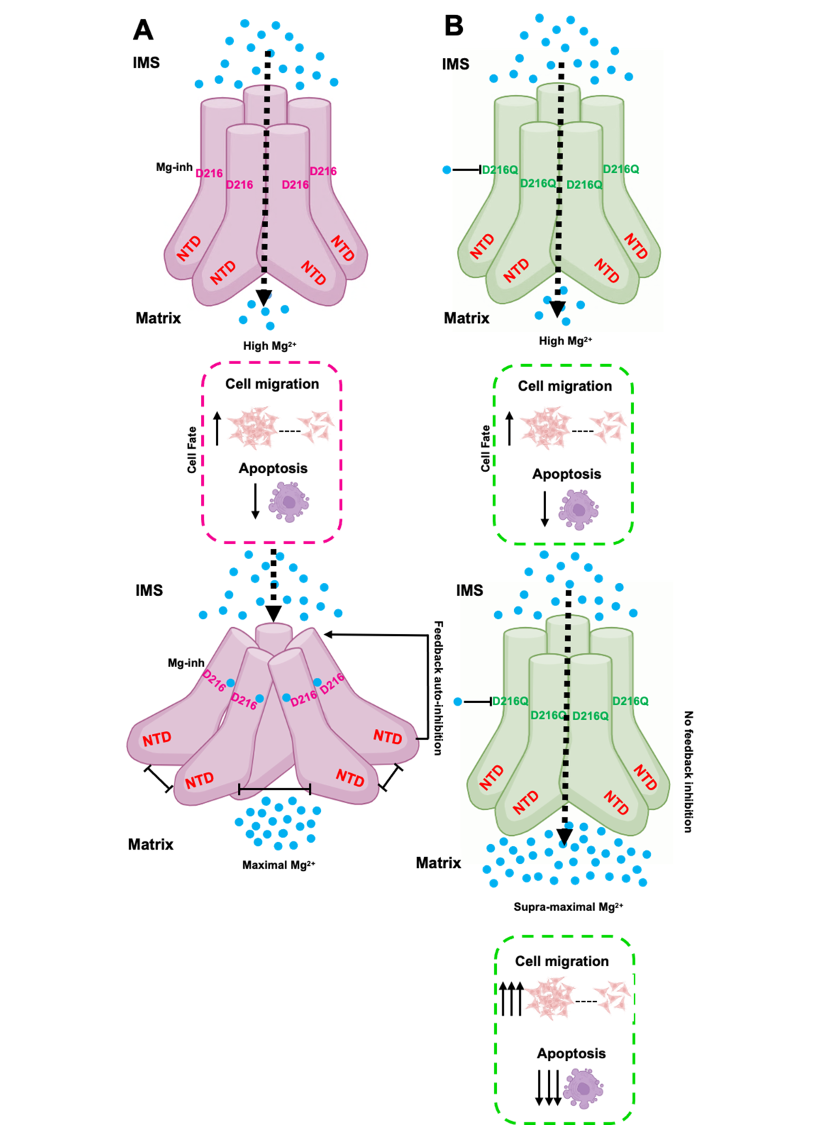
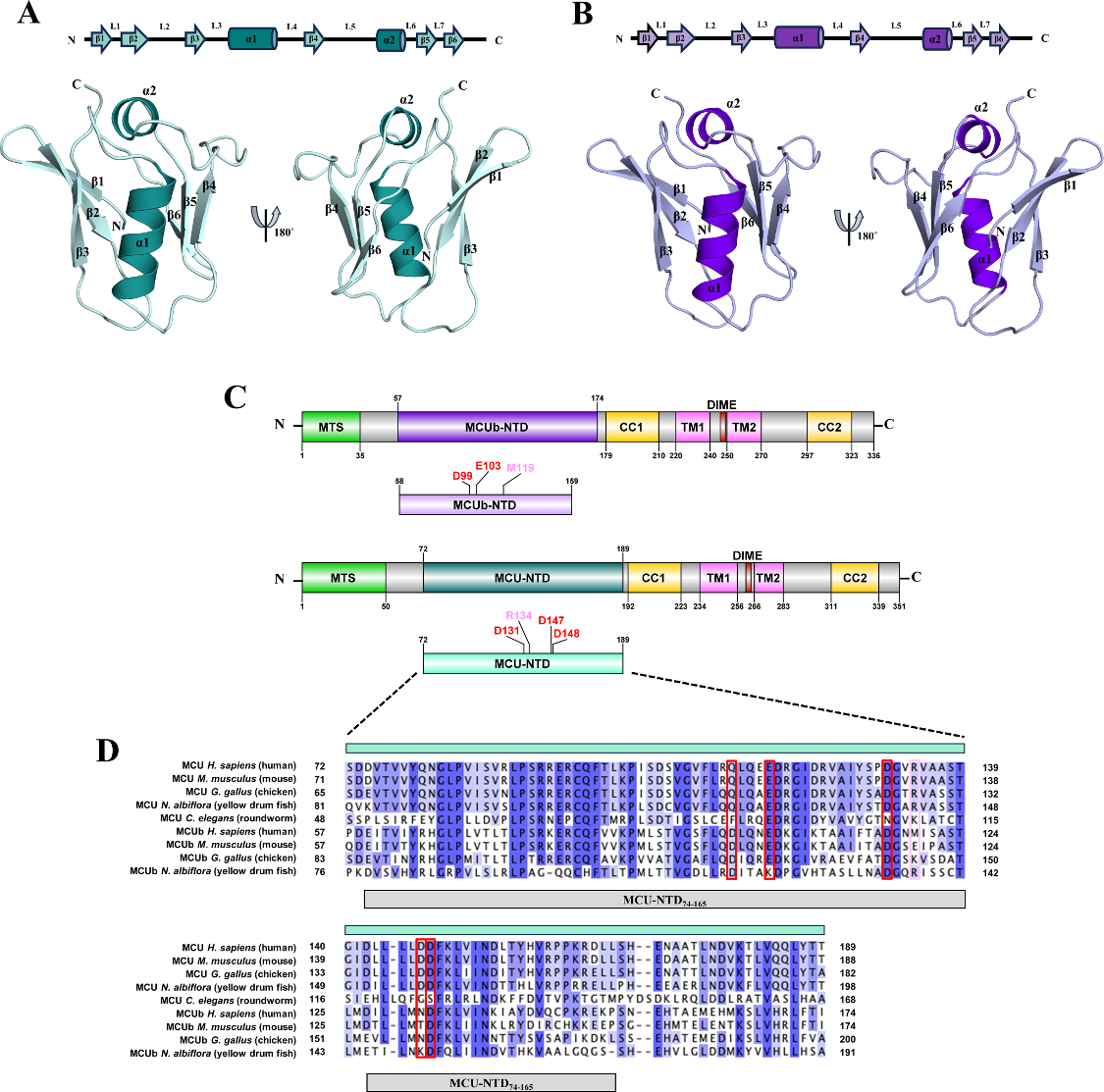
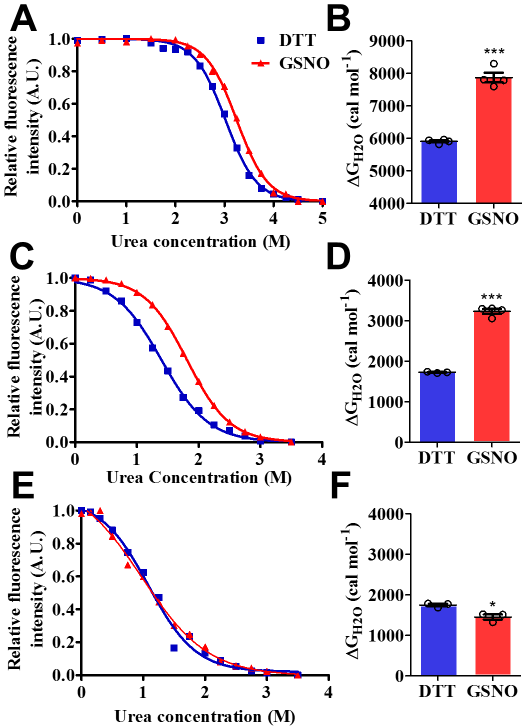
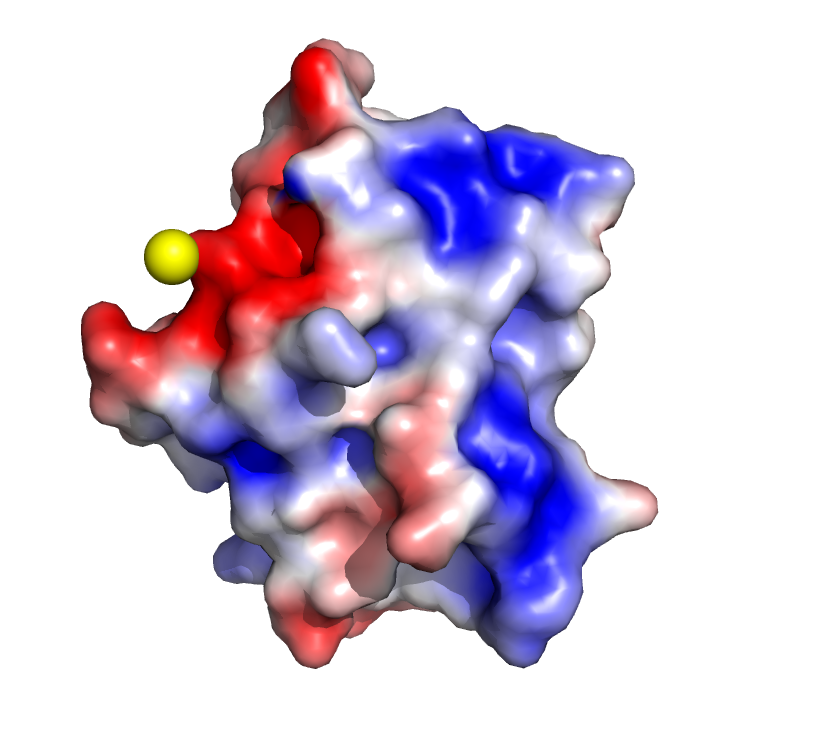
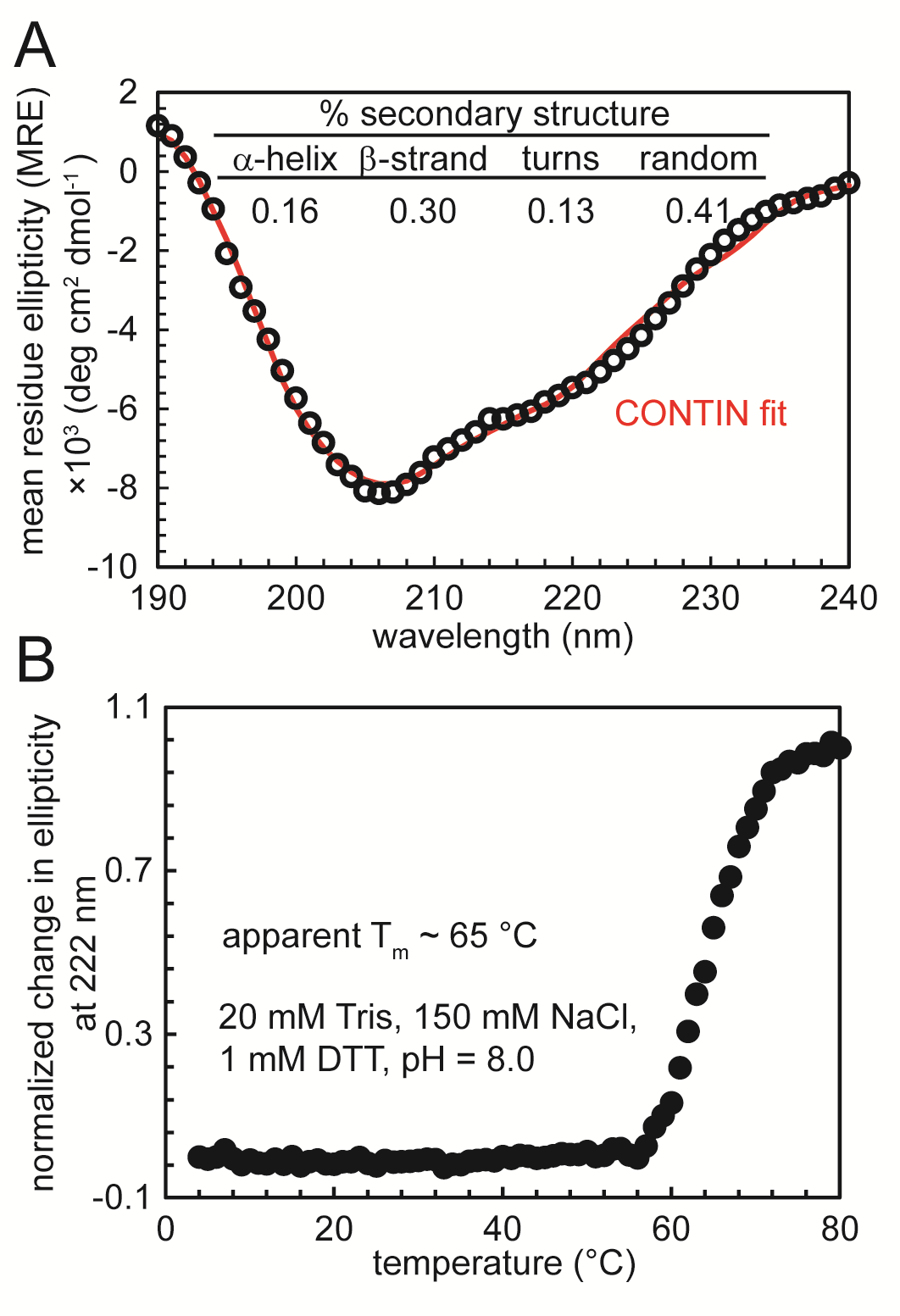
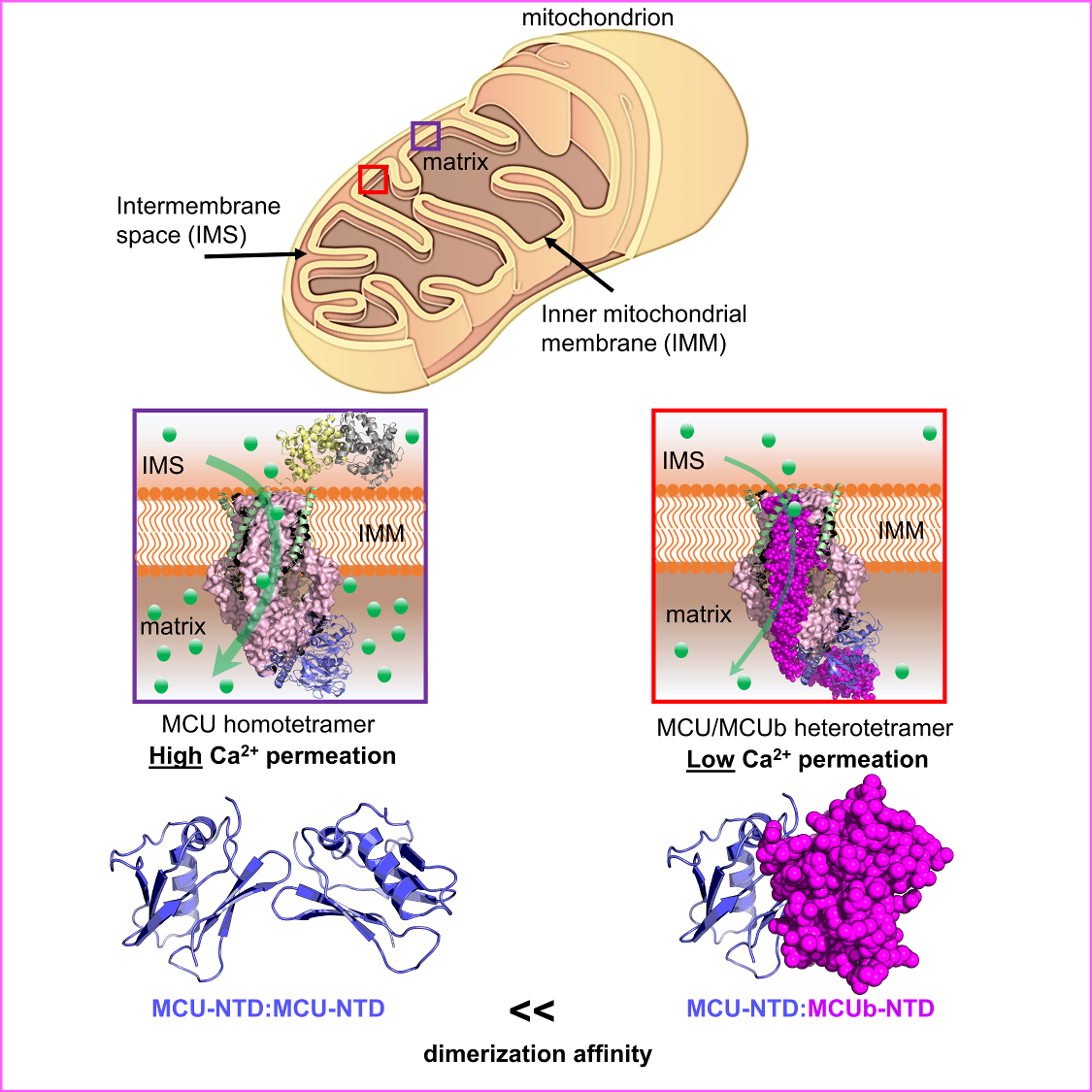
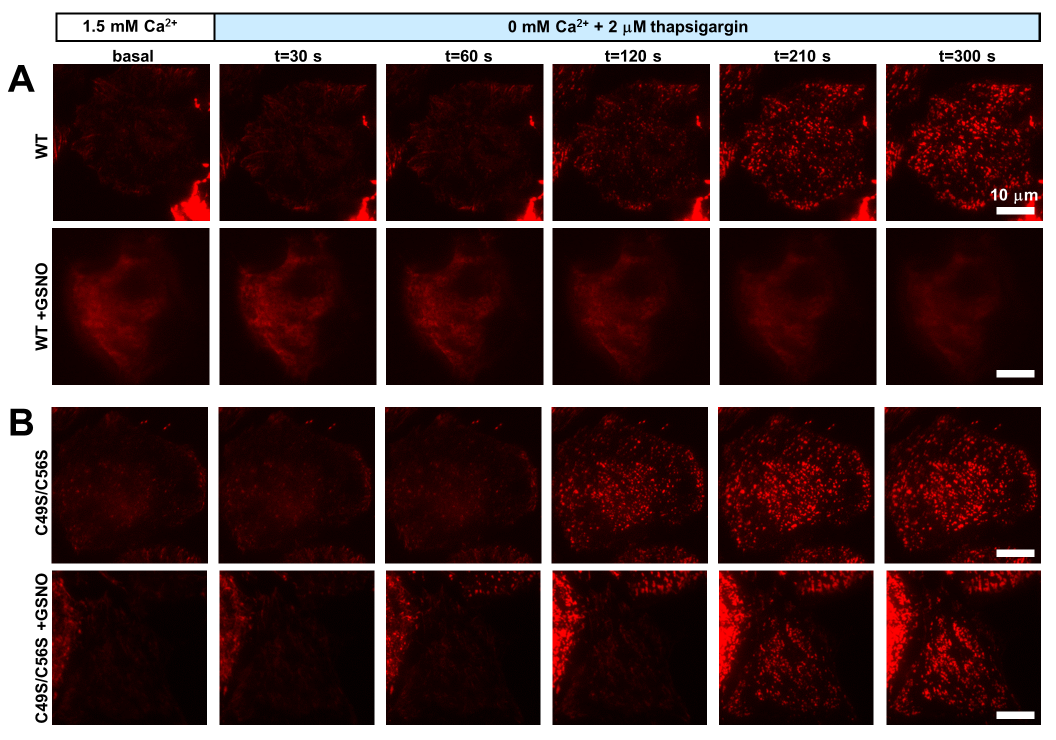
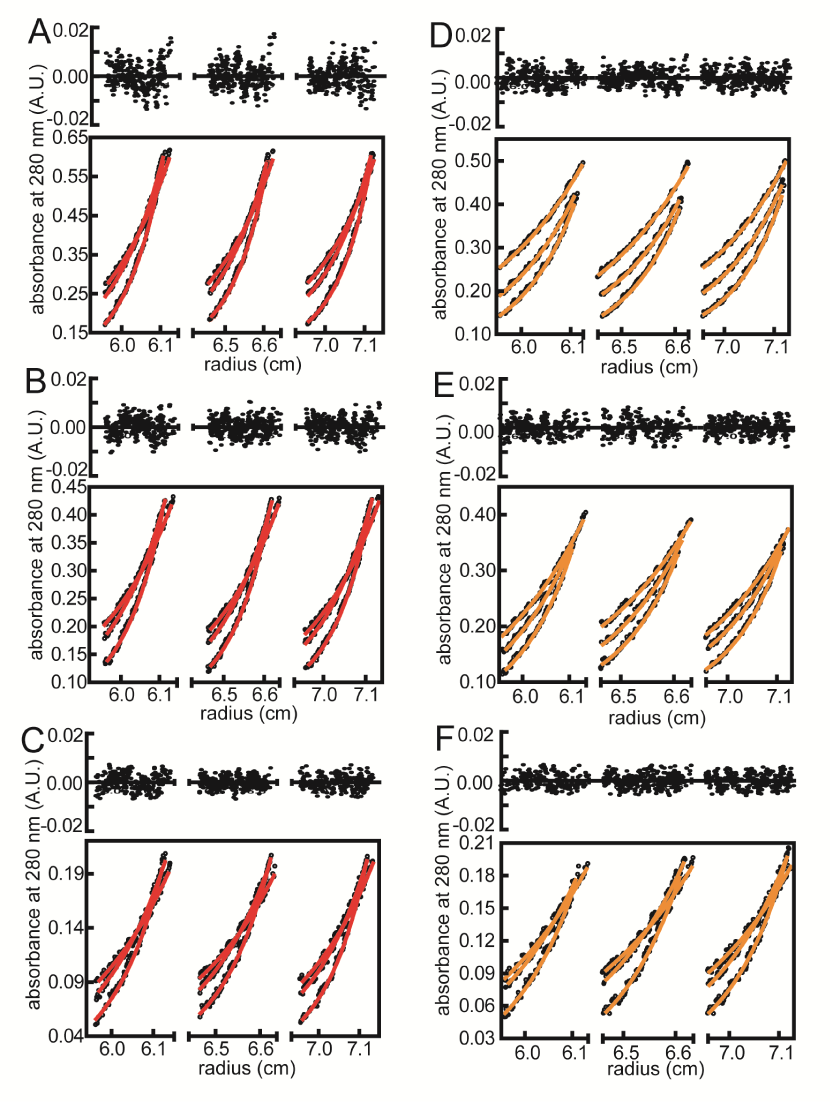
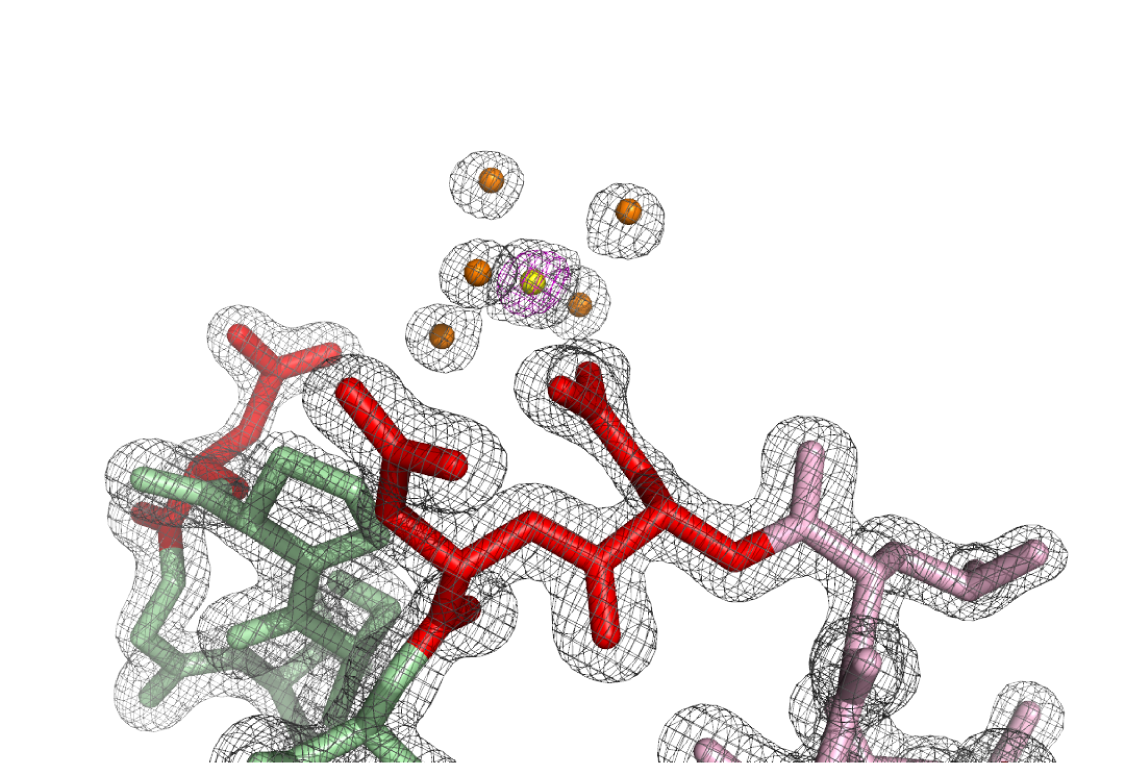
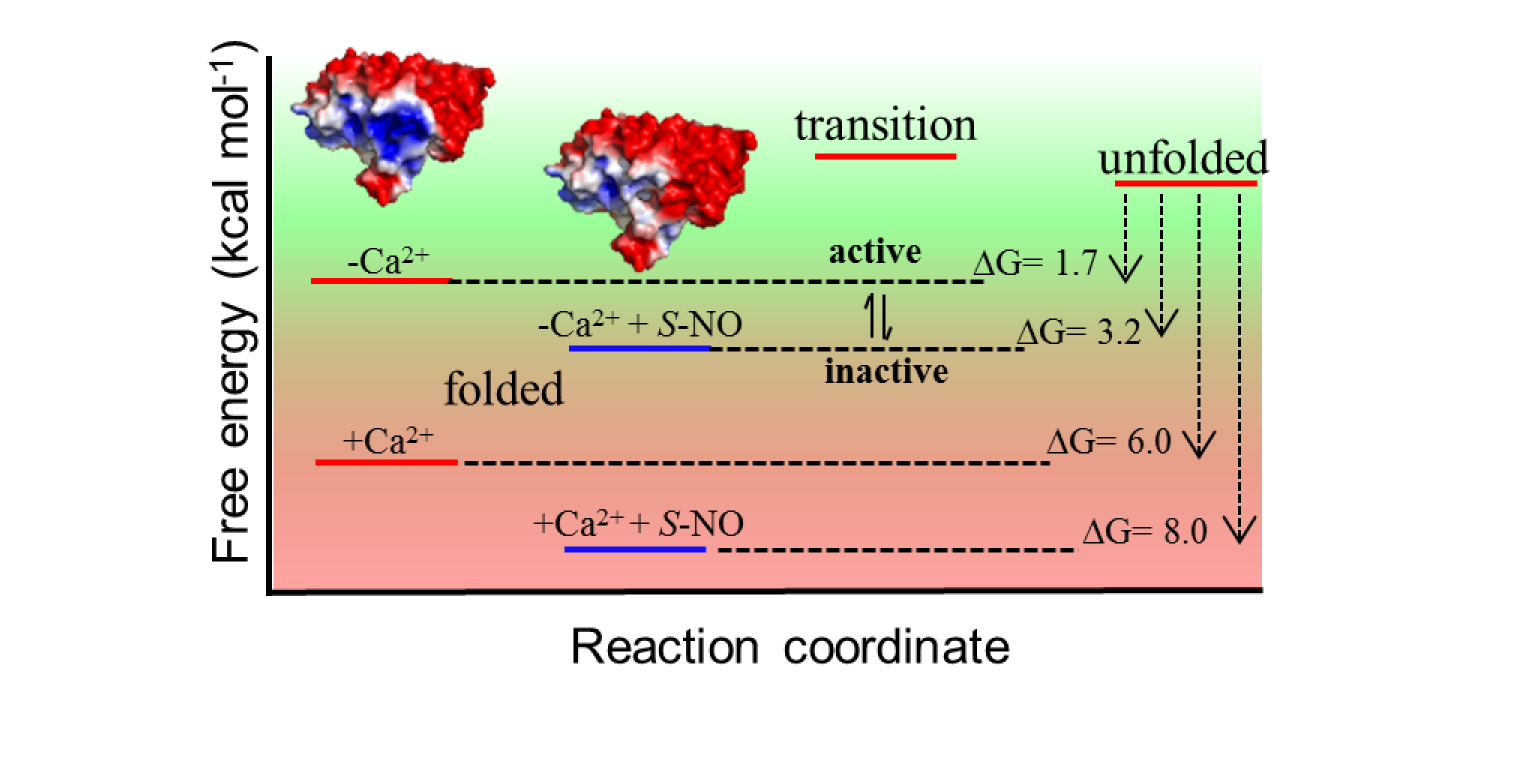
Database Entries
Protein Data Bank (PDB)
- 9DMR - Solution NMR structure of the calcium insensitive human LETM1 F-EF-hand domain mutant in the absence of calcium
- 9BA1 - Solution NMR structure of the human LETM1 F-EF-hand domain in the presence of calcium
- 8URG - Human mitochondrial calcium uniporter crystal structure (residues 74-165 resolved) with lithium
- 6PW7 - X-ray crystal structure of C. elegans STIM EF-SAM domain
- 5KUE - Human SeMet incorporated I141M/L146M mitochondrial calcium uniporter (residues 72-189) crystal structure with magnesium
- 5KUG - Human mitochondrial calcium uniporter (residues 72-189) crystal structure with lithium
- 5KUI - Human mitochondrial calcium uniporter (residues 72-189) crystal structure with calcium
- 5KUJ - Human mitochondrial calcium uniporter (residues 72-189) crystal structure with magnesium
- 2MSC - NMR data-driven model of GTPase KRas-GDP tethered to a lipid-bilayer nanodisc
- 2MSD - NMR data-driven model of GTPase KRas-GNP tethered to a lipid-bilayer nanodisc
- 2MSE - NMR data-driven model of GTPase KRas-GNP:ARafRBD complex tethered to a lipid-bilayer nanodisc
- 2MAJ - Solution Structure of the STIM1 CC1-CC2 homodimer.
- 2MAK - Solution structure of the STIM1 CC1-CC2 homodimer in complex with two Orai1 C-terminal domains
- 2MC2 - X-ray crystallography-solution NMR hybrid structure of mouse RyR2 domain A
- 3UJ0 - Crystal structure of the inositol 1,4,5-trisphosphate receptor with ligand bound form
- 3UJ4 - Crystal structure of the apo-inositol 1,4,5-trisphosphate receptor
- 2L5Y - NMR structure of calcium-loaded STIM2 EF-SAM
- 2K60 - NMR structure of calcium-loaded STIM1 EF-SAM
- 1X9A - Solution NMR Structure of Protein Tm0979 from Thermotoga maritima
Biological Magnetic Resonance Bank (BMRB)
- 31205 - Chemical shift assignments of the calcium insensitive human LETM1 F-EF-hand domain mutant in the absence of calcium
- 31155 - Chemical shift assignments of the human LETM1 F-EF-hand domain in the presence of calcium
- 27983 - Backbone 1H, 13C, and 15N chemical shift assignments for C. elegans STIM EF-SAM (form 2) in the absence of calcium
- 27982 - Backbone 1H, 13C, and 15N chemical shift assignments for C. elegans STIM EF-SAM (form 1) in the absence of calcium
- 27981 - Backbone 1H, 13C, and 15N chemical shift assignments for C. elegans STIM EF-SAM in the presence of calcium
- 27360 - Stromal Interaction Molecule 1, Homo Sapiens, WT
- 27361 - Stromal Interaction Molecule 1 CC1 R304W mutant
- 19425 - X-ray crystallography-solution NMR hybrid structure of mouse RyR2 domain A
- 19424 - Backbone chemical shift assignments of delta exon 3 mouse RyR2 domain A
- 19363 - Solution structure of the STIM1 CC1-CC2 homodimer in complex with two Orai1 C-terminal domains
- 19362 - Solution Structure of the STIM1 CC1-CC2 homodimer
- 17289 - NMR structure of calcium-loaded STIM2 EF-SAM
- 15851 - NMR structure of calcium-loaded STIM1 EF-SAM
- 6324 - Solution structure of the hypothetical protein Tm0979 from Thermotoga maritima
Molecular Dynamics Simulation Trajectories (Zenodo.org)
- Human LETM1 F-EF-hand molecular dynamics at 310 K
- Human D676A/N678A (AEA) LETM1 F-EF-hand molecular dynamics at 310 K
- Human D676K/N678K (KEK) LETM1 F-EF-hand molecular dynamics at 310 K
- Human D676S/N678S (SES) LETM1 F-EF-hand molecular dynamics at 310 K
- Human mitochondrial calcium uniporter (MCU) amino terminal domain (NTD) molecular dynamics at 310 K
- Human MCU-NTD molecular dynamics at 310 K in the presence of 1 Ca2+ ion
- Human MCU-NTD molecular dynamics at 310 K in the presence of 5 Ca2+ ions
- Human MCU-NTD molecular dynamics at 310 K in the presence of 1 Mg2+ ion
- Human MCU-NTD molecular dynamics at 310 K in the presence of 5 Mg2+ ions
- Human MCU-NTD R134M molecular dynamics at 310 K
- Human MCU-NTD R134M molecular dynamics at 310 K in the presence of 1 Ca2+ ion
- Human MCU-NTD molecular dynamics at 320 K
- Human MCU-NTD molecular dynamics at 320 K in the presence of 1 Ca2+ ion
- Human MCU-NTD D131A/D147A/D148A molecular dynamics at 320 K in the presence of 1 Ca2+ ion
- Human mitochondrial calcium uniporter dominant negative beta (MCUB) amino terminal domain (NTD) molecular dynamics at 310 K
- Human MCUB-NTD molecular dynamics at 310 K and in the presence of 1 Ca2+ ion
- Human MCUB-NTD molecular dynamics at 310 K and in the presence of 5 Ca2+ ions
- Human MCUB-NTD molecular dynamics at 310 K and in the presence of 1 Mg2+ ion
- Human MCUB-NTD molecular dynamics at 310 K and in the presence of 5 Mg2+ ions
- Human MCUB-NTD M119R molecular dynamics at 310 K
- Human MCUB-NTD M119R molecular dynamics at 310 K in the presence of 1 Ca2+ ion
- Human MCUB-NTD D99A/E103A molecular dynamics at 310 K
- Human MCUB-NTD D99A/E103A molecular dynamics at 310 K and in the presence of 1 Ca2+ ion
- Human MCUB-NTD D116A/D133A molecular dynamics at 310 K and in the presence of 1 Ca2+ ion
- Human MCUB-NTD molecular dynamics at 320 K
Personnel
Current
Petra Samardzija - PhD candidate
Danielle Colussi - PhD candidate
Zoya Lehman - PhD candidate
Nicholas Lukas - MSc candidate
Gary Zhu - Scholar's Elective student
Isabella Bu - Huntington Society of Canada and Brain Canada's Undergraduate Research student
Taylor Lake - Laboratory Technician
Alumni (year graduated) [next position]
David Zhuang - 4th Year Honour's Research Thesis Student (2025) - [graduate school (MPH)]
Sukanthathulse (Tulsy) Uthayabalan - PhD graduate (2025) - [confidential employment position]
Qi-Tong (Tom) Lin - PhD graduate (2024) - [Post-doctoral Fellow University of Calgary]
Arine Pawakian - MSc graduate (2024) - [Research Technician in UWO BioCore facility]
Hamza Guran - 4th Year Honour's Research Thesis Student (2024)
Arundhasa Chandrabalan - Post-doctoral fellow (2023) (joint-supervisor) - [Research Associate Sunnybrook Hospital]
Jaxen Smith - 4th Year Hounour's Research Thesis Student (2023) - [graduate school (MSc)]
Tian Yi (Tiffany) Zhao - Work Study student (2023) - [medical school]
Drake Christie - 4th Year Honour's Research Thesis Student (2022) - [graduate school (MSc)]
Megan Noble - MSc graduate (2021) - [medical school]
Christian Sirko - MSc graduate (2021) - [Science Research Analyst for investment company]
Sofya Ulanova - Work Study student (2021) - [graduate school (MSc)]
Shang (Selina) Shi - 4th Year Hounour's Research Thesis Student (2021) - [graduate school (MSc)]
Brian Bursic - 4th Year Honour's Research Thesis Student (2020) - [graduate school (MSc)]
Winny Wang - Work Study student (2020) - [graduate school (MSc)]
Sherry Wang - Work Study student (2020) - [dental school]
Jacob Houpt - Summer Research Training Program student (2020) - [medical school]
Melissa Fenech - PhD graduate (2019) (co-supervisor) - [medical school]
Matthew Joseph Novello - MSc graduate (2019) - [dental school]
Haley Jamison - 4th Year Honour’s Research Thesis Student (2019) - [medical school]
Naveed Siddiqui - MSc graduate (2018) - [Researcher Pfizer]
Steven Chung - MSc graduate (2018) - [Lab Manager SickKids Hospital]
MengQi Zhang - NSERC Summer Research Student (2018) - [medical school]
Vickie Yu Hsin Hung - 4th Year Honour’s Research Thesis Student (2018) - [dental school]
Rachel Lee - 4th Year Honour’s Research Thesis Student (2018) - [medical school]
Ryan Park - 4th Year Work Study Student (2018)
Shilpa Kumar - 4th Year Work Study Student (2018)
Allen Feng - 4th Year Honour’s Research Thesis Student (2017) - [dental school]
Jinhui (Gina) Zhu - MSc graduate (2017) - [dental school]
Benjamin Harvey - Laboratory Assistant (2016) - [graduate school (MSc)]
Yoo Jung (Lisa) Choi - MSc graduate (2016) - [medical school]
Samuel K. Lee - MSc graduate (2016) - [graduate school (PhD)]
Yue Zhao - Laboratory Assistant (2016) - [graduate school (MSc)]
Michael Kim - Summer Research Training Program student (2015) - [medical school]
Teresa Ching - 4th Year Honour’s Research Thesis Student (2016) - [optometry school]
Songyang (Sarah) Zhang – 4th Year Honour’s Research Thesis Student (2015) - [medical school]
Jamie Ching - Laboratory Assistant (2014) - [graduate school (MSc)]
Funding
- Canadian Institutes of Health Research
- Natural Sciences and Engineering Research Council of Canada
- Canadian Foundation for Innovation
- Ontario Research Fund
- Ride For Dad - Prostate Cancer Fight Foundation
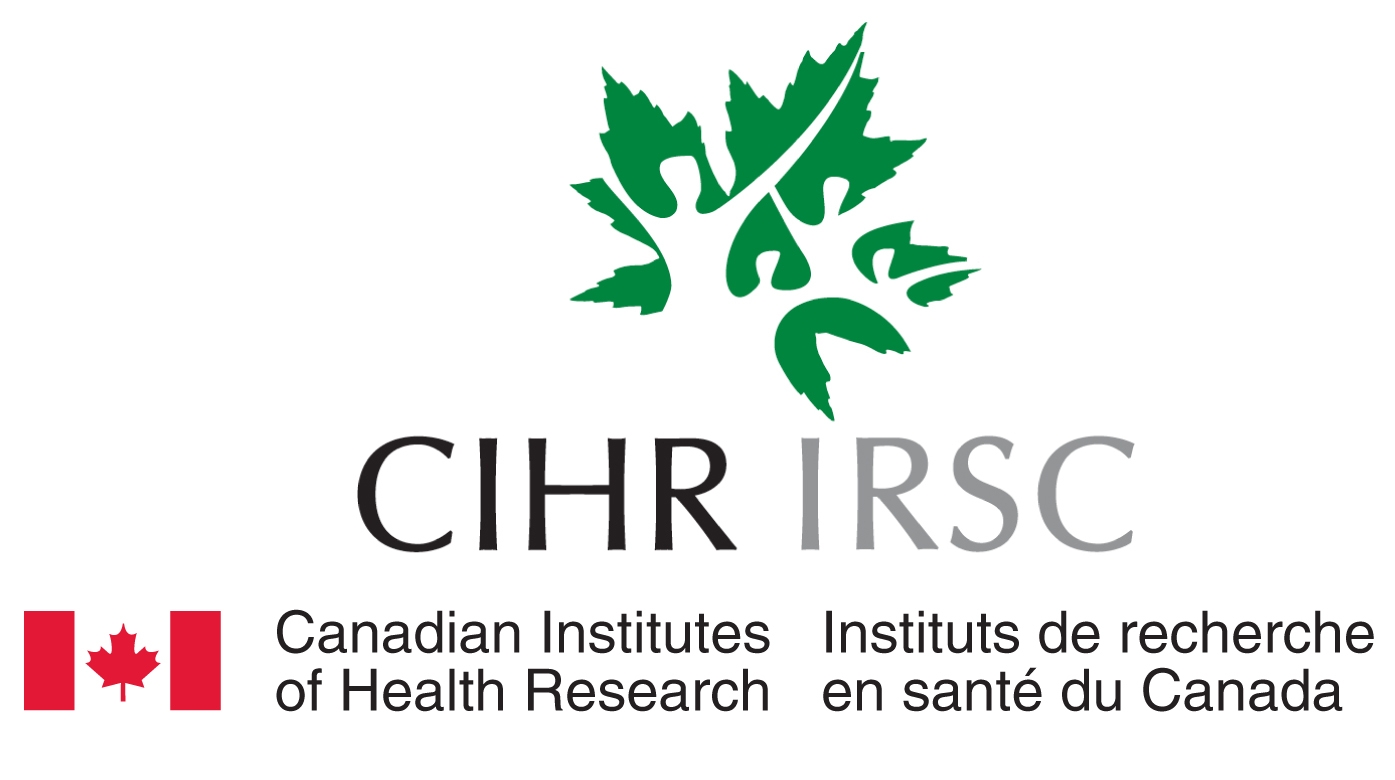
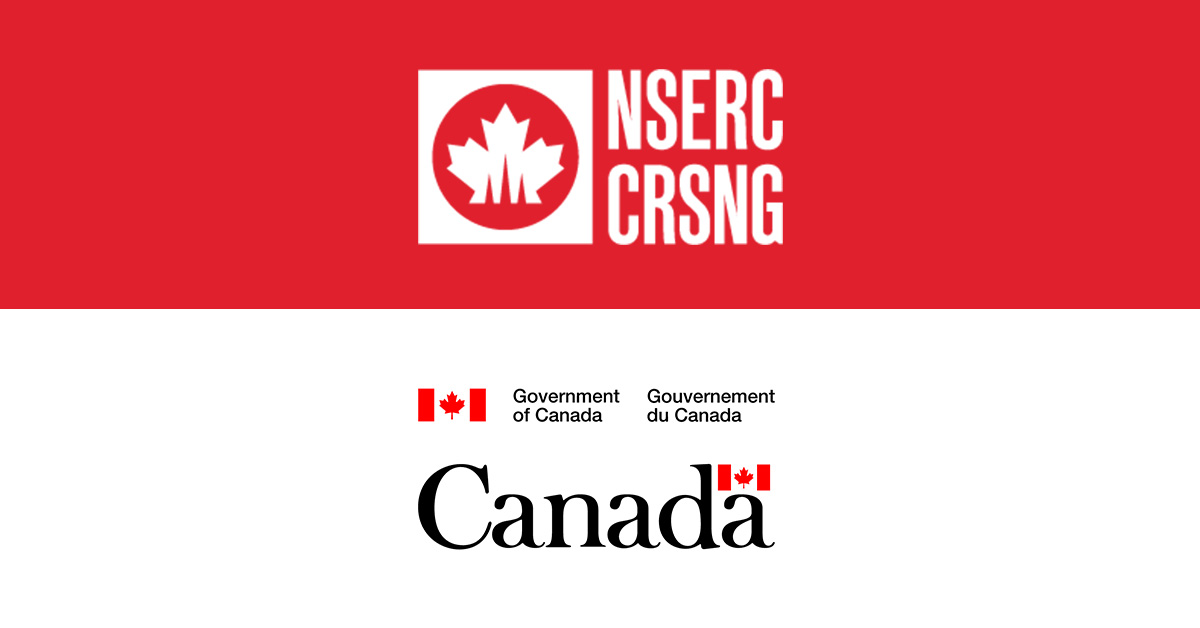

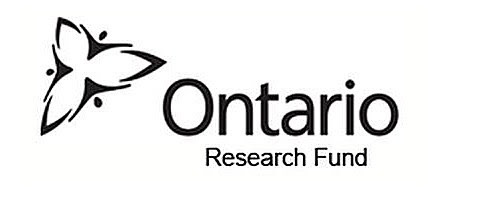

Available Positions
We are always looking for highly motivated trainees at the PDF, PhD and MSc levels with an interest in structural biology,
molecular pharmacology and cell biology. Trainees will gain multidisciplinary experience studying the molecular mechanisms
underlying Ca2+ and Mg2+ signaling in health and the bases for dysfunction in cancer and heart disease by integrating
solution nuclear magnetic resonance spectroscopy and/or X-ray crystallography, computational biology, optical spectroscopies
and other biophysical approaches as well as various live mammalian cell culture analyses.
If you are interested in this type of research and any of these positions, please contact Dr. Peter Stathopulos.
Contact
Peter B. Stathopulos, MSc, PhD
Associate Professor and Faculty Scholar
Department of Physiology and Pharmacology
Schulich School of Medicine and Dentistry
The University of Western Ontario
Medical Sciences Building, Rm 232 (office) or Rm 219 (laboratory)
1151 Richmond Street, London, Ontario, Canada, N6A 5C1
Email: pstatho@uwo.ca
Phone: +1 (519) 661-2111 x83238 (office) or x82812 (laboratory)
